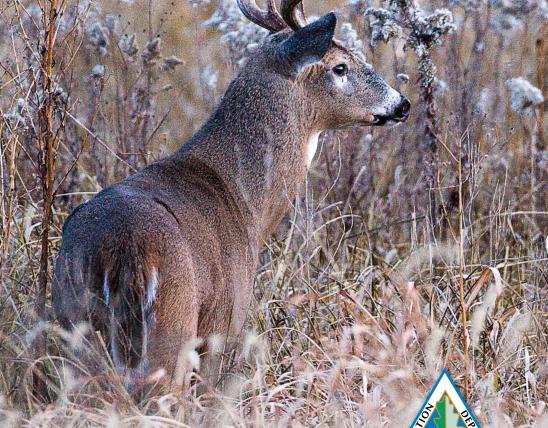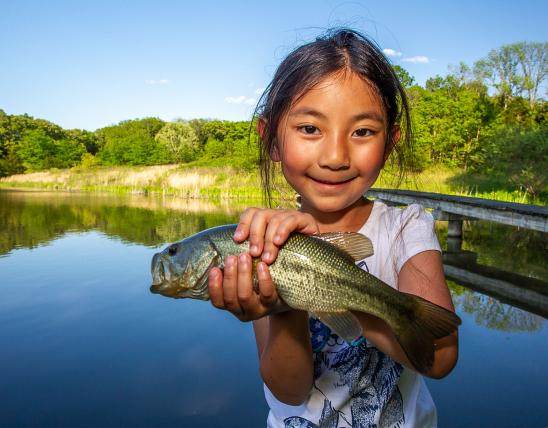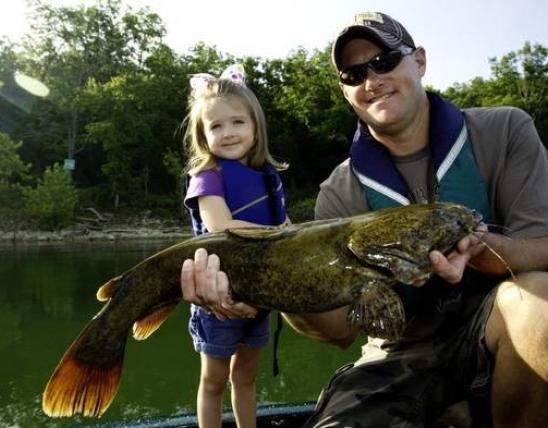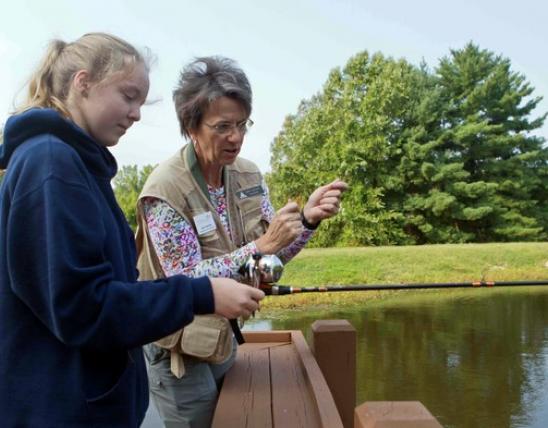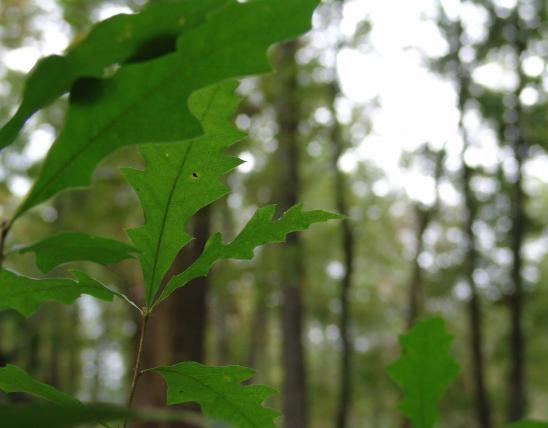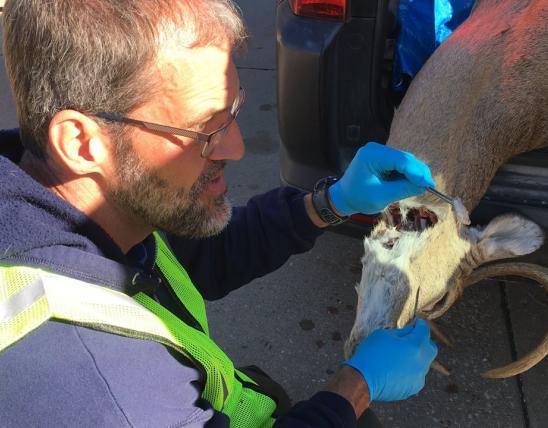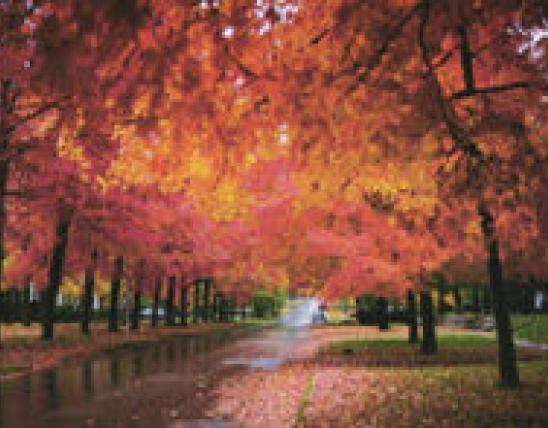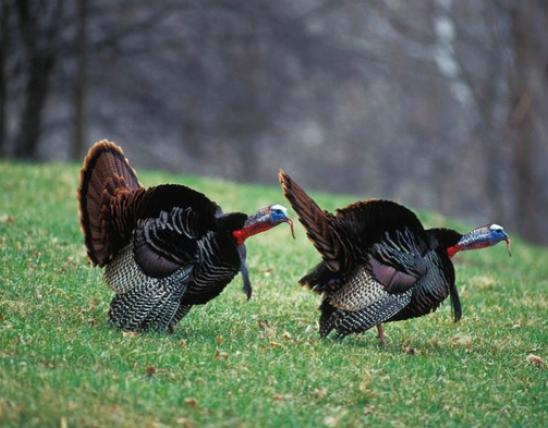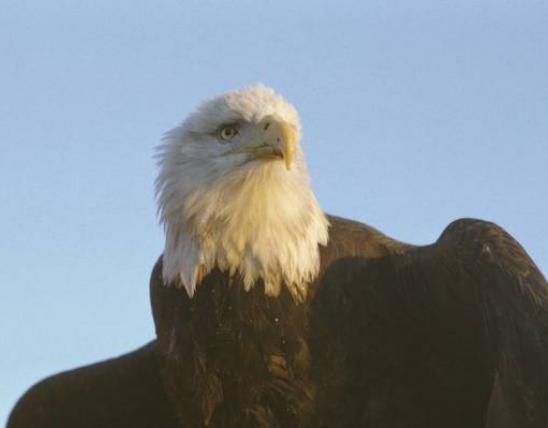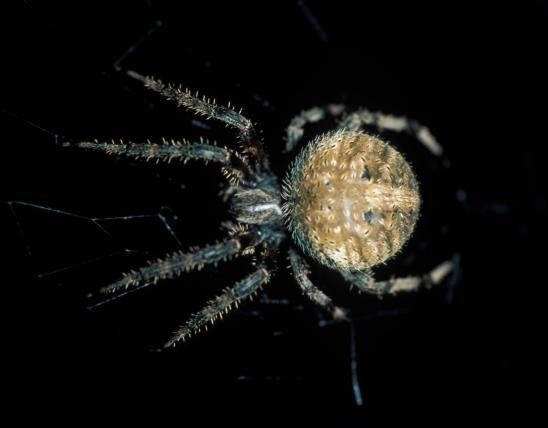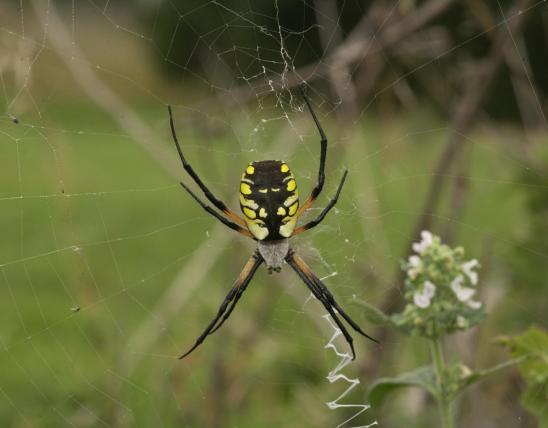Media

Scientific Name
Araneus marmoreus
Family
Araneidae (typical orb-weavers) in the order Araneae (spiders)
Description
The marbled orbweaver is a colorful spider whose wide range includes all of the eastern United States. The pattern is variable, and the color can be white, yellow, orange, tan, grayish, or even white, with mottling and spotting of black, brown, or purple. Learn more about the marbled orbweaver and other angulate and roundshouldered orbweavers (Araneus spp.) on their genus page.
Other Common Names
Pumpkin Spider
Marbled Orb-Weaver
Where To Find
Statewide.
Habitat and Conservation
Females build their wheel-shaped webs among trees and tall weeds in moist woods, often near streams.
Title
Media Gallery
Image

Caption
The marbled orbweaver, Araneus marmoreus, is sometimes called “pumpkin spider” because its rounded abdomen is sometimes bright orange.
Credit
Julianna Schroeder
Right to Use
Image
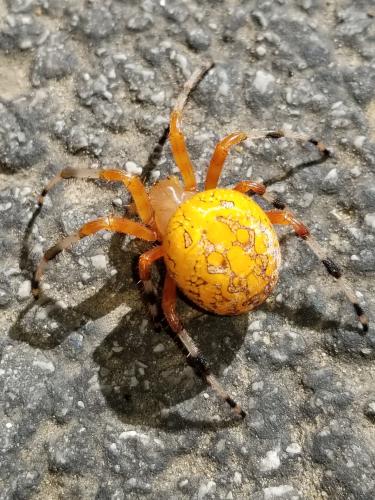
Credit
Submitted by Laura Robison
Right to Use
Image

Right to Use
Image
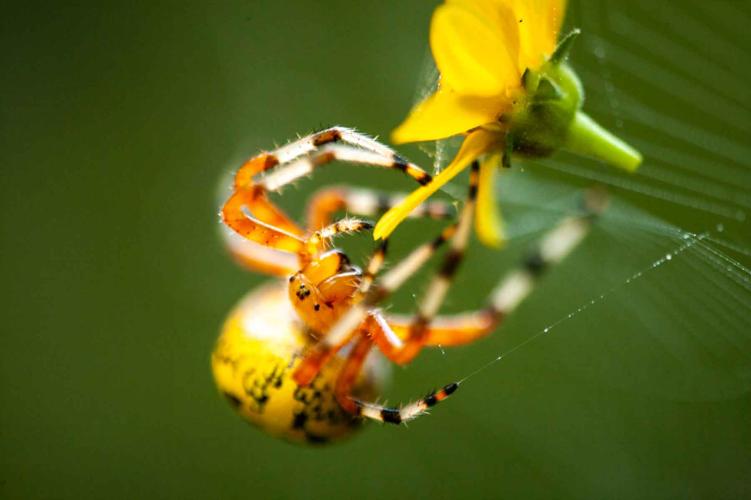
Credit
Noppadol Paothong
Right to Use
Image
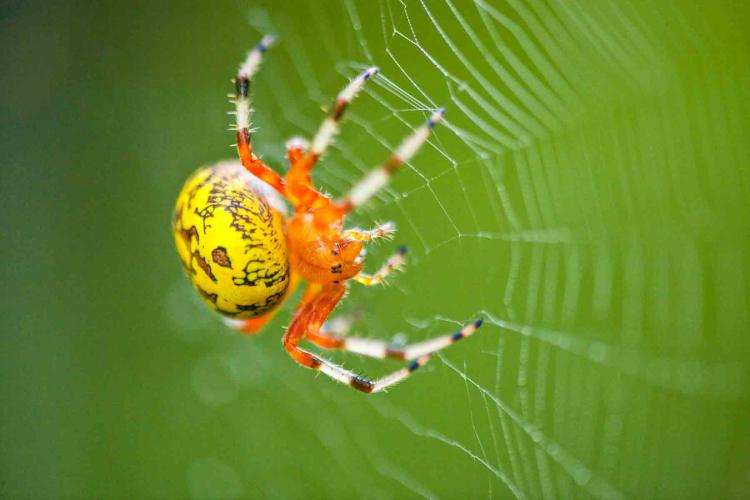
Credit
Noppadol Paothong
Right to Use
Image
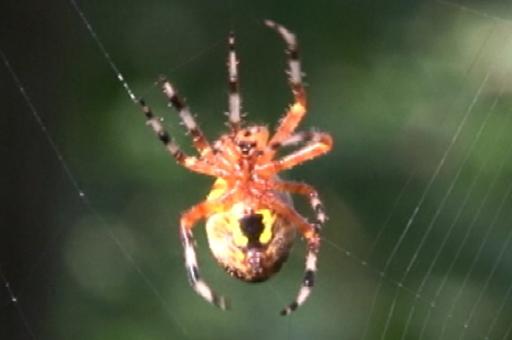
Right to Use
Video file
Caption
Video of a marbled orb weaver spider in the wild.
Credit
Kevin Muenks
Image
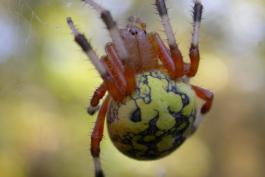
Image
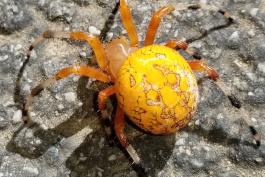
Image

Image
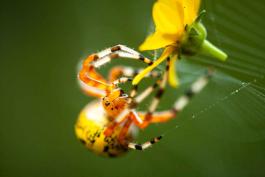
Image
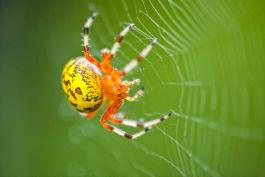
Image

Thumbnail

Title
Similar Species
About Land Invertebrates in Missouri
Invertebrates are animals without backbones, including earthworms, slugs, snails, and arthropods. Arthropods—invertebrates with “jointed legs” — are a group of invertebrates that includes crayfish, shrimp, millipedes, centipedes, mites, spiders, and insects. There may be as many as 10 million species of insects alive on earth today, and they probably constitute more than 90 percent all animal species.

